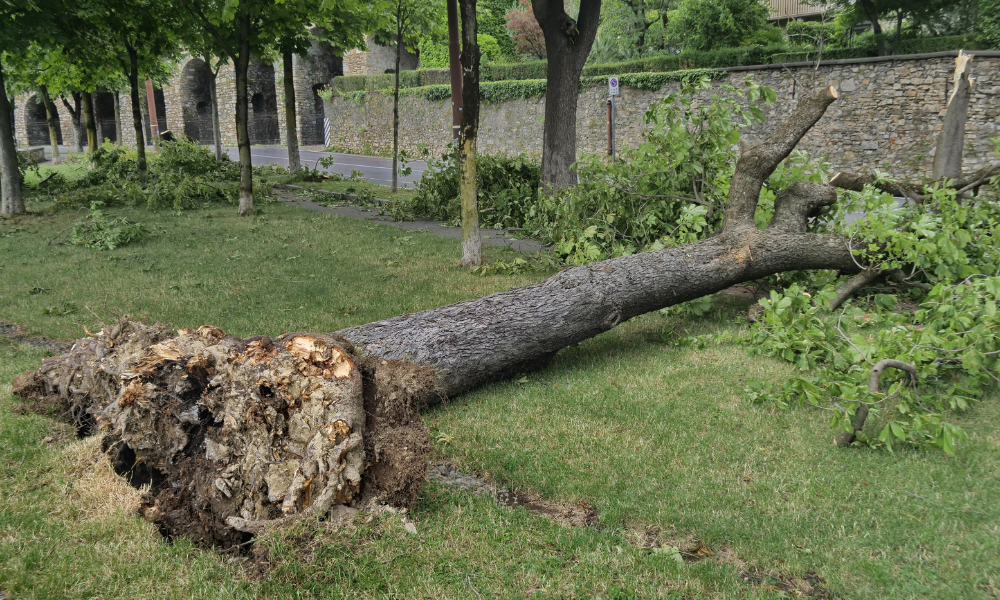More efforts need to be made to teach safety in schools, insists industry insider

Safety is often presented as a niche topic, seemingly siloed off from other aspects of business. But if there’s one thing that the pandemic has proven, it’s that this is far from the case. Any seasoned safety pro will tell you that safety permeates every aspect of an organization’s mission, and is something which needs to be wholeheartedly embraced by leadership.
Why is it then that, outside of specific OHS diplomas and certificates, most tertiary education centres do not offer workplace health and safety as part of their main course offering? For example, most business or engineering schools do not offer courses – or offer very limited education – on health and safety. But safety is integral to both of these professions, and individuals will only really learn about occupational health and safety once they get into the workplace.
“These courses should be offered to everybody,” says Lee-Anne Lyon-Bartley, Executive Vice President, Health, Safety, Environment and Quality, Dexterra. Hearing about safety for the first time only when entering a workplace doesn’t make much sense because safety is an essential part of the workplace. Safety should not be separated from other sectors, it shouldn’t be presented as a niche. If you want to run a business, you need to have a view on every aspect of it and safety is a huge part of that.
In some very specific contexts, such as beauty school, safety courses would be incredibly important as workers such as hairstylists or nail technicians are often brought into contact with potentially dangerous chemicals.
And from a regulatory perspective, for example, businesses stand to lose potentially millions of dollars over worker injuries, fatalities or non-compliance. Safety is a business risk that leaders need to make sure that they have the right tools to manage.
And universities and colleges aren’t the only places where imparting safety knowledge is essential. In secondary education, an introduction to safety is equally important because many teenagers will end up working some kind of part-time job or a summer job. Without a grasp of OHS, most of these student workers will not be aware of what safety should look like in the workplace. And perhaps not aware of their rights. They aren’t trained to raise their hand if they see an issue in the workplace, and even if they do they may not feel comfortable pointing issues out.
Lyon-Bartley, who has a strong background in food safety, points out that many students (high school or college) will typically get a job in the food service industry. But food safety is rarely included in science curriculums at school despite how practical it would be. “Food safety becomes a life skill, because you’re eating and preparing food throughout your entire life,” she says.
To push for safer workplaces, all workers need to embrace occupational health and safety as an inherent part of their jobs. All workers have a role to play in safety, so it needs to be embedded into everything an organization is doing. “If we really want to change the needle on the culture of health and safety management in this country, we need to build it into everything,” says Lyon-Bartley. “That’s how you really get that culture change.”





